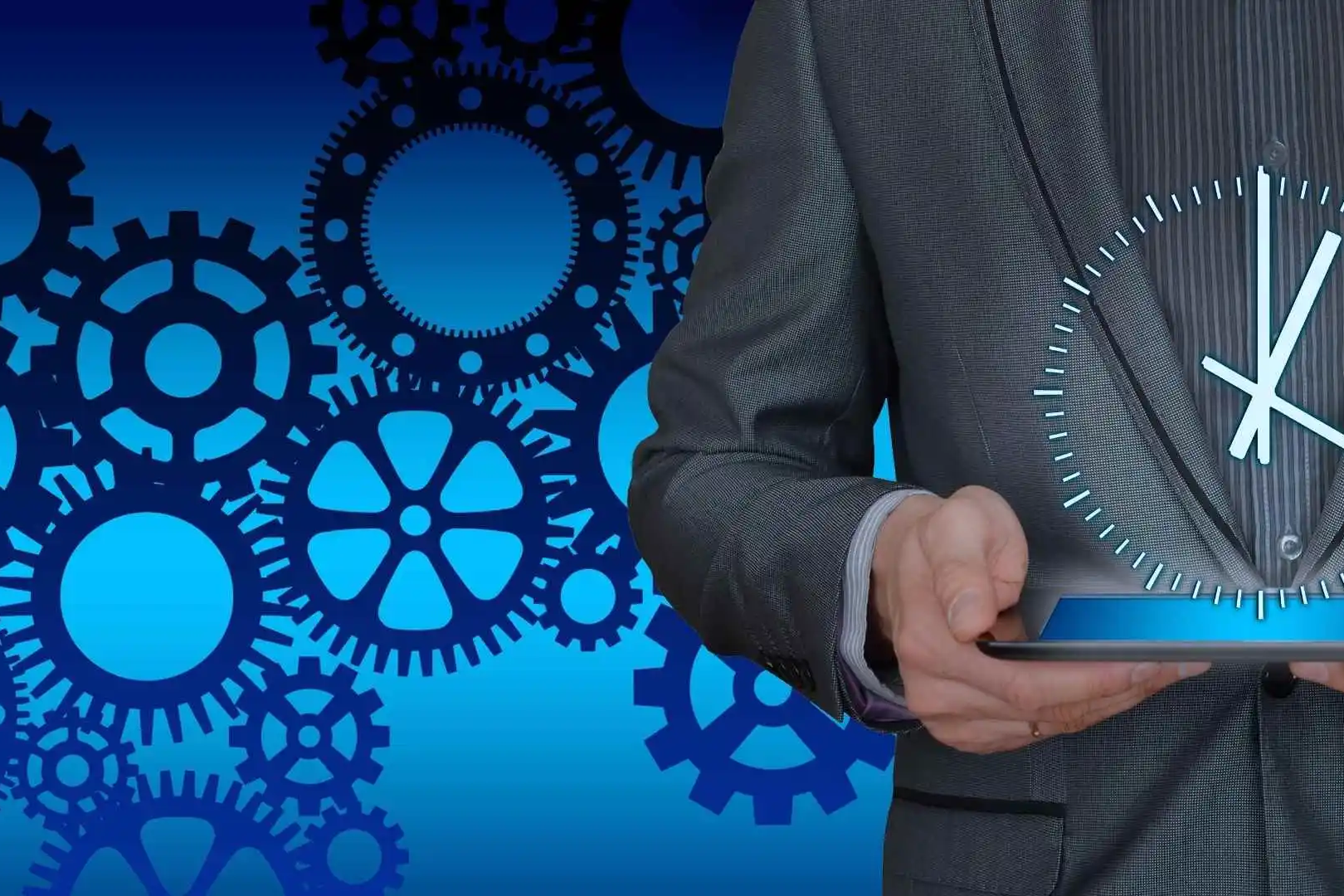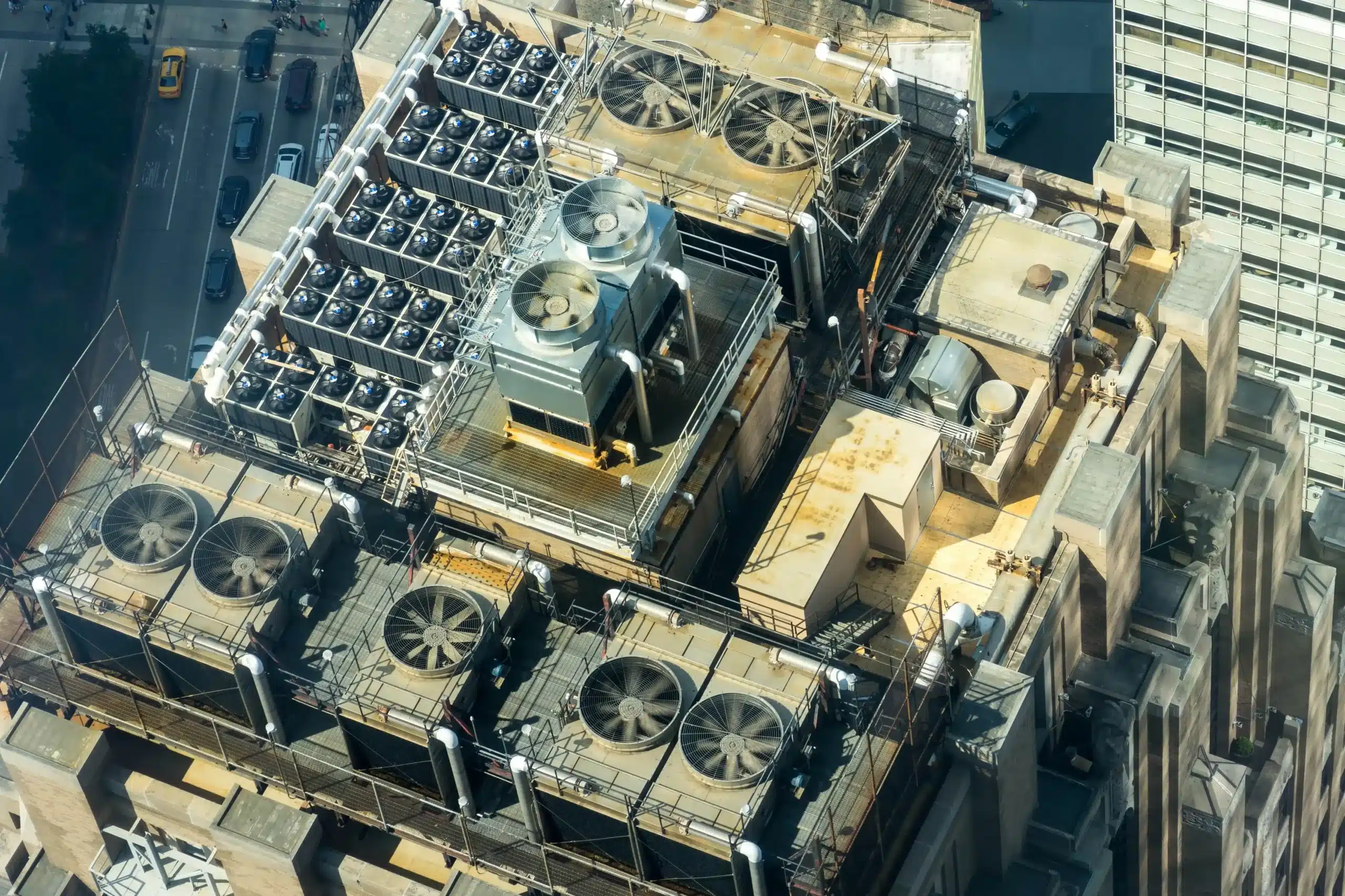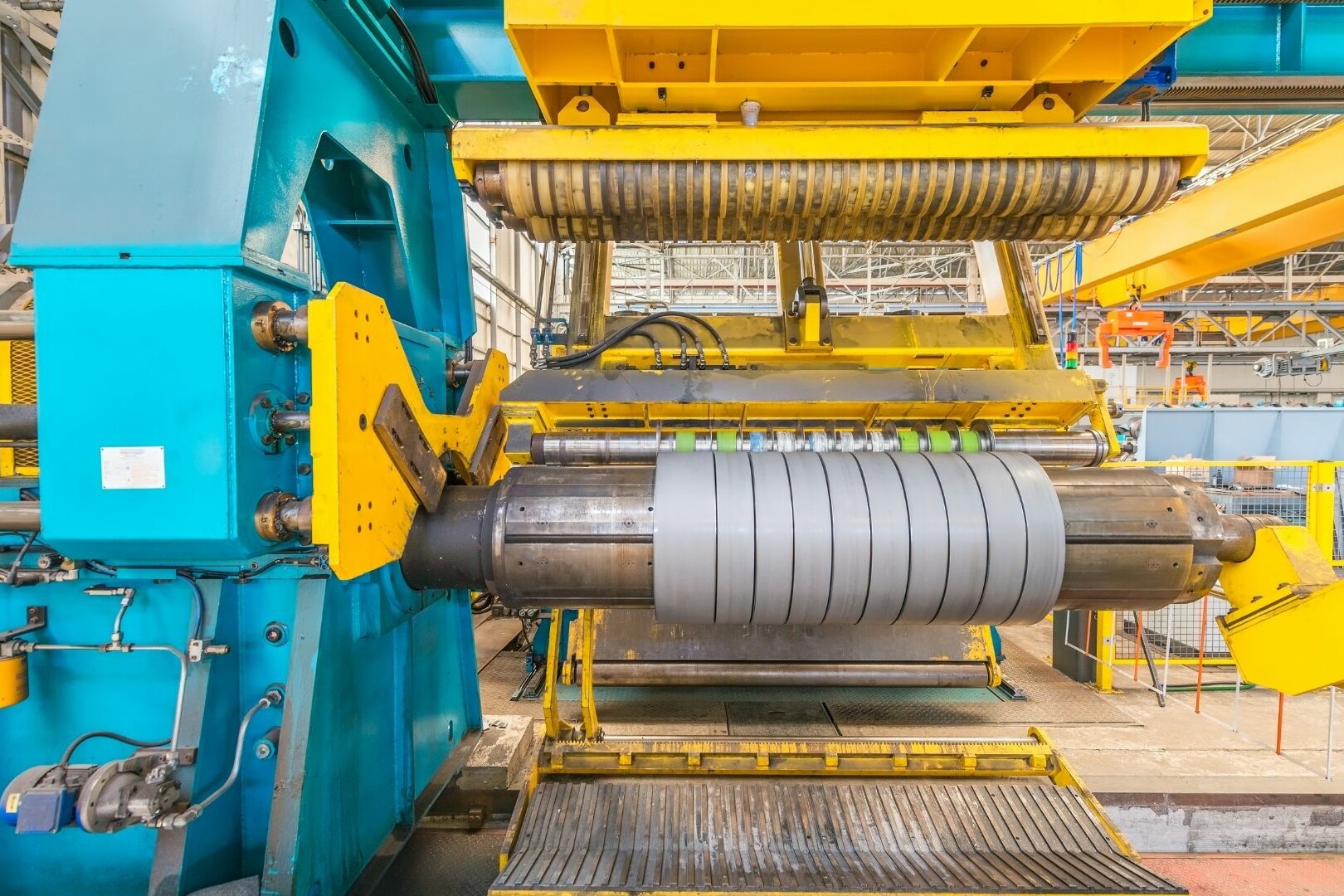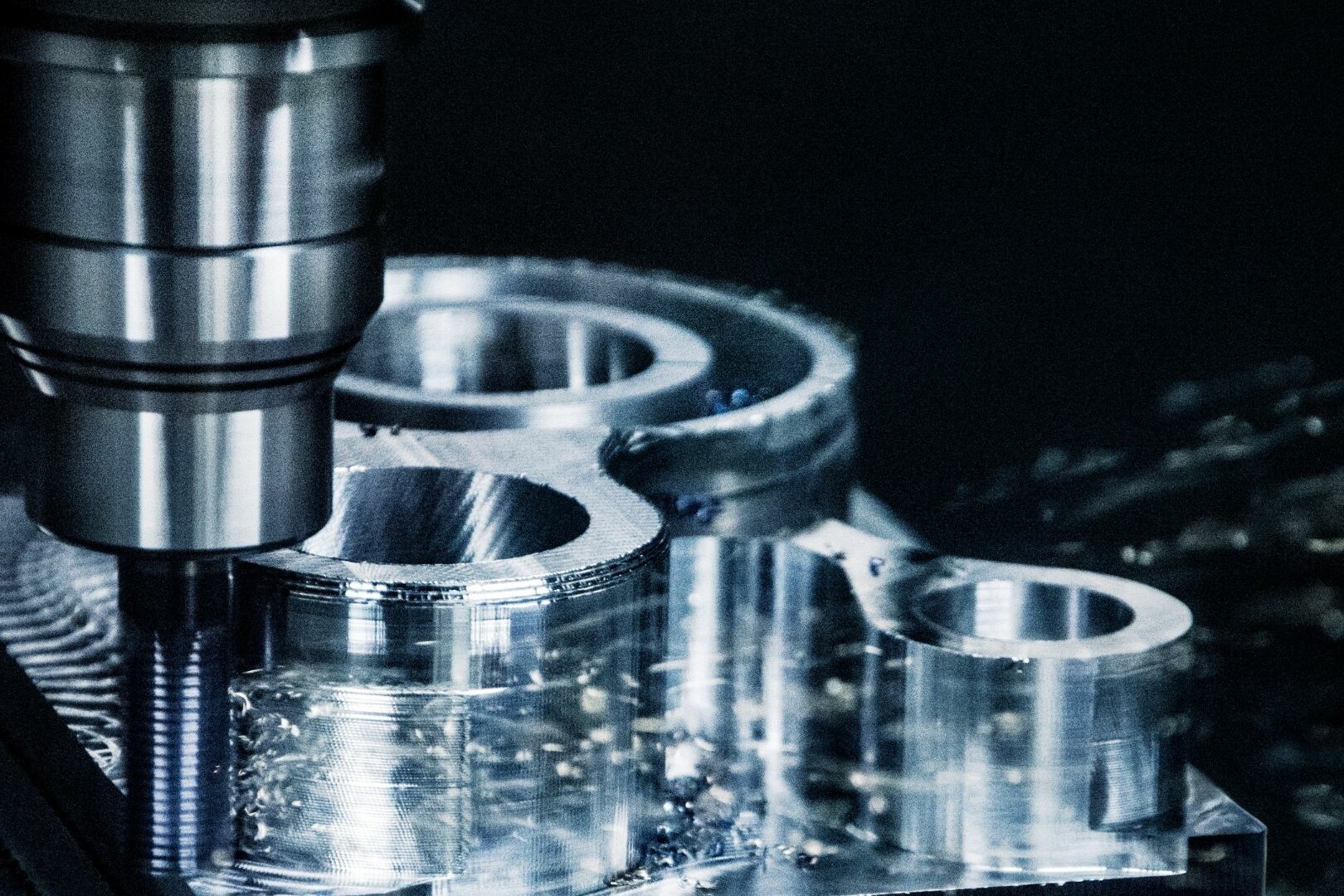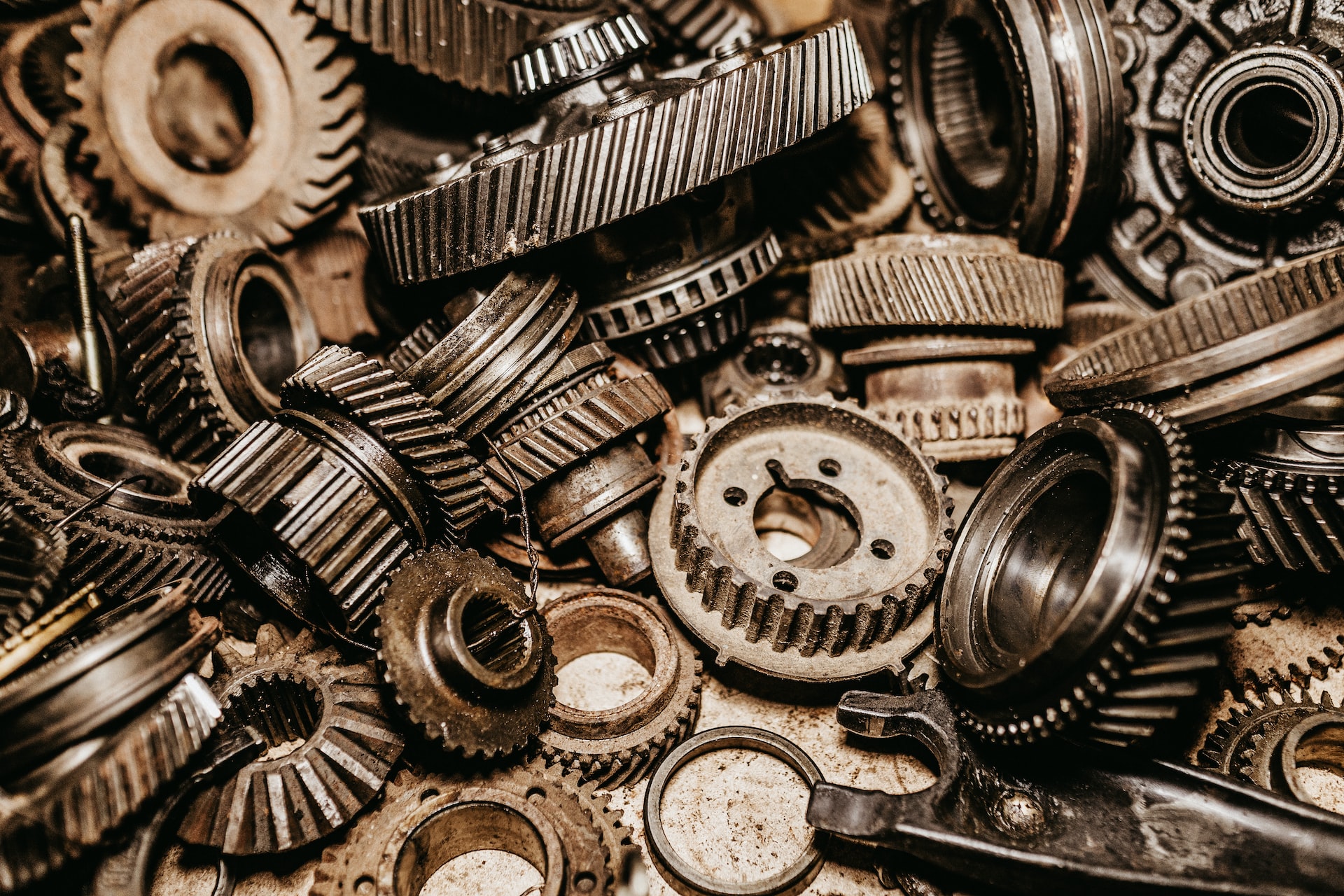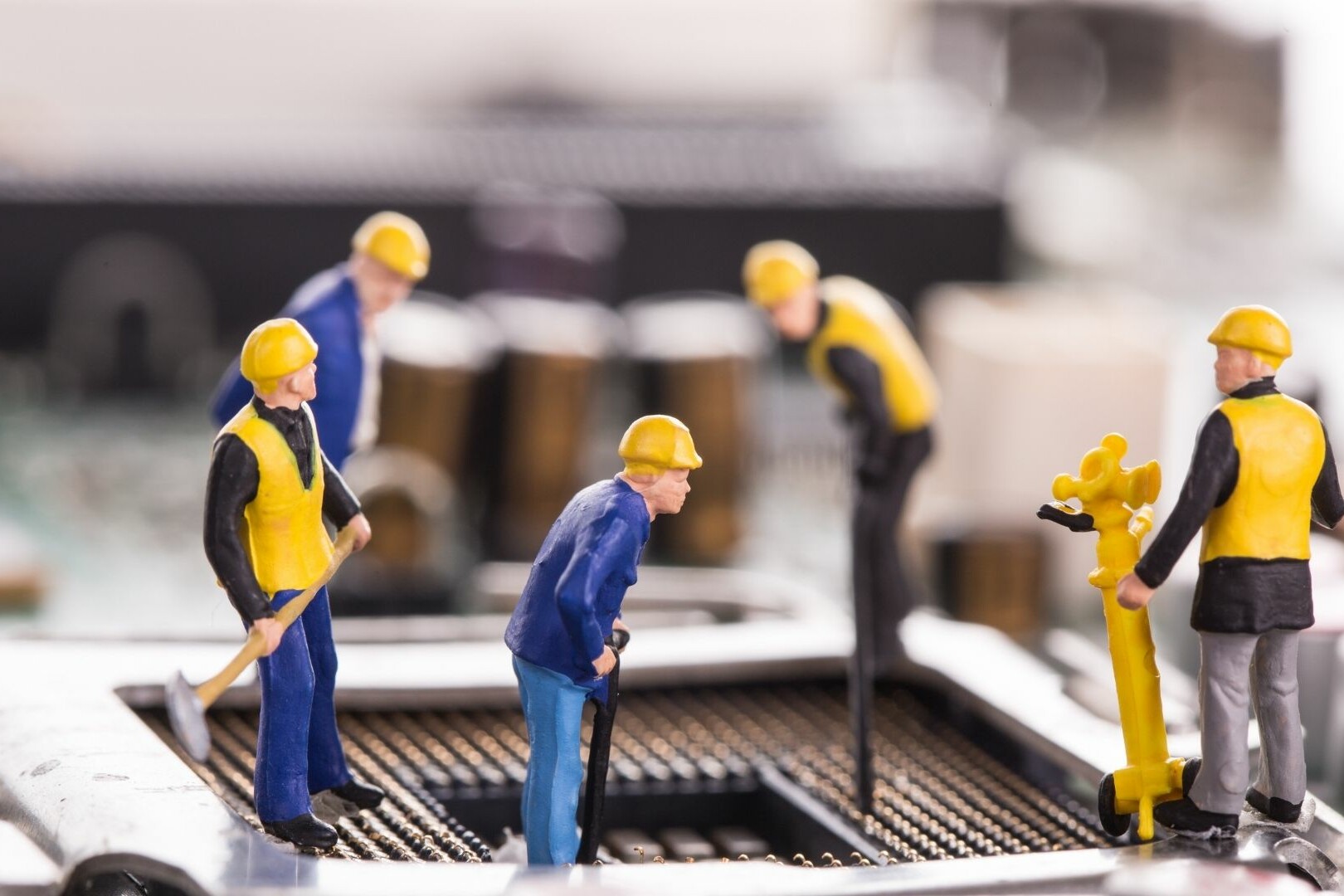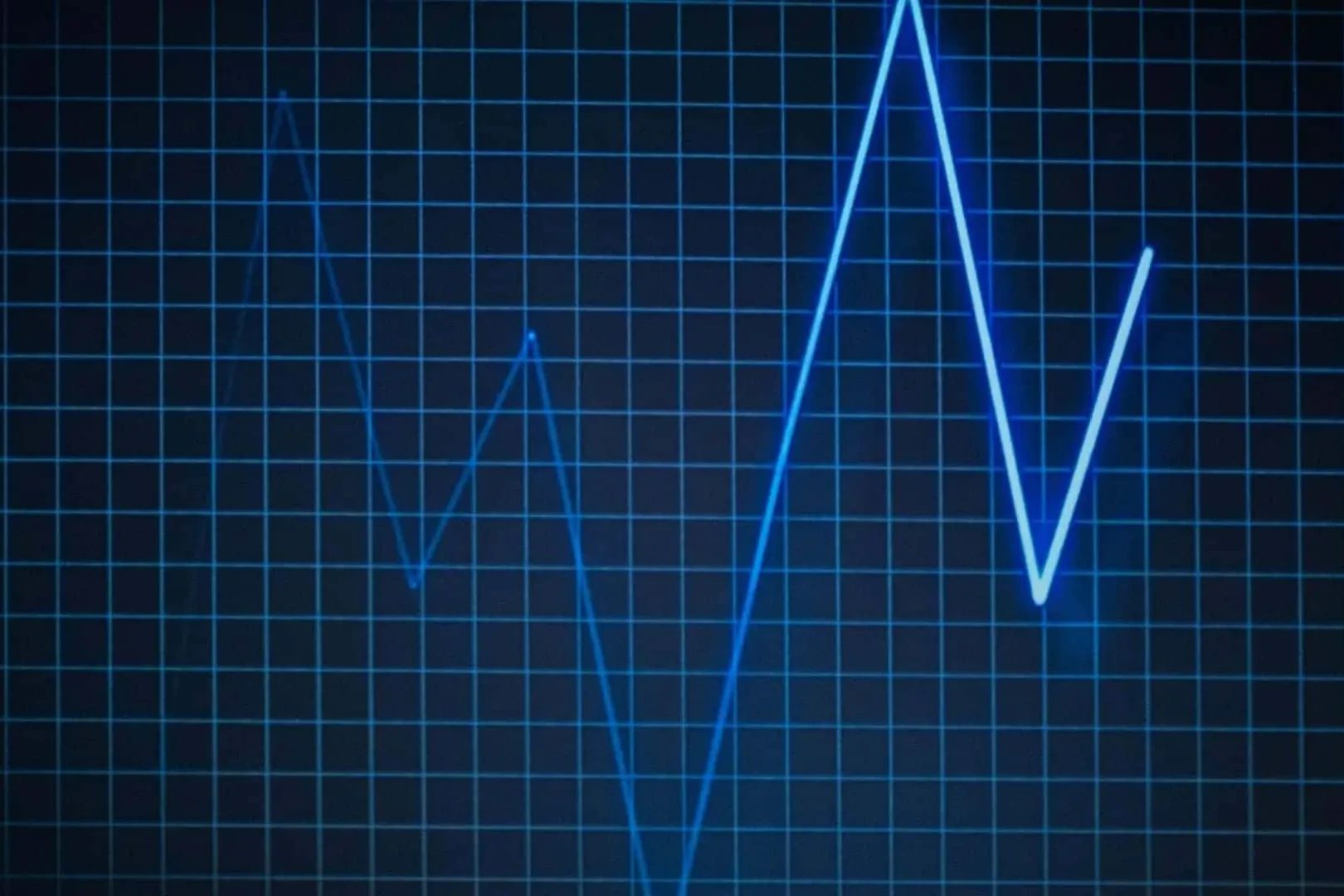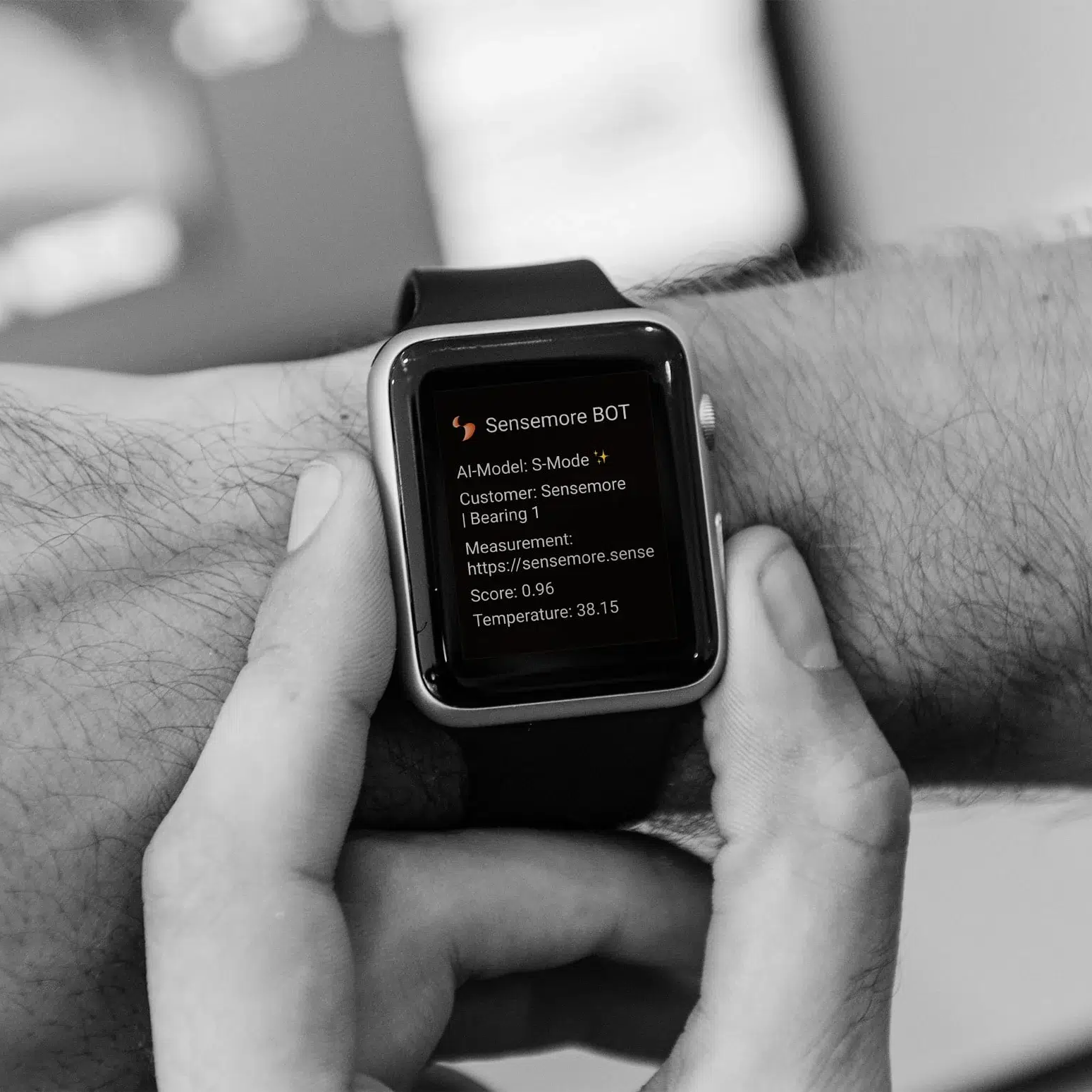Industrial Maintenance is a set of systematic practices and activities aimed at preserving and optimizing the operational efficiency of machinery, equipment, and facilities within the manufacturing and industrial sectors. It involves a proactive approach to ensure the continuous functionality of assets, prevent unexpected breakdowns, and extend the overall lifespan of critical components. Industrial Maintenance is a comprehensive framework that integrates various strategies to manage, monitor, and enhance the performance of physical assets.
The Primary Purpose of Industrial Maintenance in Ensuring Operational Reliability and Efficiency
The fundamental purpose of industrial maintenance is to uphold the operational reliability and efficiency of industrial assets. This includes machinery, production lines, infrastructure, and other key components essential to the manufacturing process. By systematically addressing wear and tear, potential failures, and performance degradation, industrial maintenance aims to:
Minimize Downtime: Industrial maintenance seeks to reduce unplanned downtime by addressing issues before they escalate into major failures. This is achieved through regular inspections, repairs, and timely interventions based on asset condition assessments.
Optimize Equipment Efficiency: The efficiency and performance of machinery and equipment are enhanced through preventive and corrective maintenance measures. This optimization contributes to increased production output, improved product quality, and resource utilization efficiency.
Role of Industrial Maintenance in Minimizing Downtime and Production Losses
Industrial maintenance is achieved through the adoption of preventive and predictive maintenance strategies, which involve scheduled inspections, equipment monitoring, and timely repairs. The proactive nature of these approaches helps identify and rectify potential issues before they lead to significant breakdowns, thus preventing costly production stoppages.
Impact on Product Quality, Worker Safety, and Overall Business Sustainability
Product Quality: Industrial maintenance directly influences product quality by ensuring that machinery and equipment operate within specified parameters. Regular maintenance activities contribute to consistent production processes, reducing the likelihood of defects and variations in product quality.
Worker Safety: Well-maintained equipment and facilities contribute to a safer working environment. Industrial maintenance includes inspections of safety-critical components, adherence to regulatory standards, and the implementation of measures to prevent accidents or malfunctions that could jeopardize worker safety.
Overall Business Sustainability: Industrial maintenance is integral to the long-term sustainability of a business. By extending the lifespan of assets and optimizing their efficiency, organizations can achieve cost savings, reduce resource consumption, and enhance their environmental footprint. This, in turn, contributes to the overall sustainability and competitiveness of the business in the industry.
Types of Industrial Maintenance
Reactive Maintenance (Breakdown Maintenance)
Reactive Maintenance, often referred to as Breakdown Maintenance, is a corrective approach where maintenance activities are initiated in response to the failure or malfunction of industrial equipment. In this strategy, repairs are conducted after an asset has already broken down, with the primary focus on restoring functionality quickly.
Characteristics of Reactive Maintenance:
Unplanned Interventions: Reactive maintenance is characterized by unplanned and ad-hoc interventions to address sudden equipment failures.
Minimized Upfront Costs: Upfront costs are typically lower as maintenance activities are only initiated when failures occur.
High Downtime: Downtime is significant during breakdowns, impacting production schedules and efficiency.
Risk of Secondary Damage: Delayed repairs may result in secondary damage to other components or systems.
Situations Where Reactive Maintenance is Suitable and Its Limitations:
Suitable Situations for Reactive Maintenance:
Low-Criticality Equipment: Reactive maintenance may be suitable for low-criticality equipment where the cost of downtime is tolerable.
Limited Resources: In situations with limited resources, addressing failures as they occur may be a pragmatic approach.
Limitations of Reactive Maintenance:
Production Disruptions: High downtime during breakdowns can disrupt production schedules and impact overall efficiency.
Higher Long-Term Costs: Though upfront costs are lower, reactive maintenance may lead to higher long-term costs due to frequent repairs and potential secondary damage.
Safety Concerns: The sudden failure of critical equipment may pose safety risks to personnel.
Preventive Maintenance
Preventive Maintenance is a proactive strategy focused on scheduled and planned maintenance activities aimed at preventing equipment failures before they occur. It involves routine inspections, adjustments, and replacements to keep machinery and equipment in optimal condition.
Principles of Preventive Maintenance:
Scheduled Inspections: Regular inspections are conducted based on predetermined schedules.
Component Replacements: Components are replaced or overhauled at predefined intervals.
Preventive Actions: Maintenance activities are initiated to prevent potential issues and extend the lifespan of equipment.
Documentation: Comprehensive records are maintained, detailing maintenance activities and equipment condition.
Implementation Strategies, Including Time-Based and Usage-Based Approaches:
Time-Based Approaches:
Calendar-Based: Maintenance activities are scheduled at fixed time intervals, such as monthly or annually.
Meter-Based: Maintenance is performed based on machine operating hours or cycles.
Usage-Based Approaches:
Condition-Based: Maintenance is triggered based on the actual condition of the equipment, determined through monitoring technologies.
Predictive Maintenance
Predictive Maintenance involves the use of advanced technologies and data analytics to monitor equipment condition in real-time. By analyzing data trends, organizations can predict when maintenance is needed, allowing for timely interventions before failures occur.
Principles of Predictive Maintenance
Continuous Monitoring: Real-time data from sensors and monitoring systems is continuously collected.
Data Analytics: Advanced analytics are applied to detect patterns and anomalies in equipment behavior.
Condition-Based Interventions: Maintenance activities are initiated based on the actual condition of the equipment.
Cost Savings: Predictive maintenance aims to reduce downtime and costs associated with unscheduled repairs.
Utilization of Condition Monitoring Technologies and Predictive Analytics:
Sensor Technologies: Integration of sensors to monitor parameters such as temperature, vibration, and fluid levels.
IoT Connectivity: Utilizing the Internet of Things (IoT) for real-time data transmission and connectivity.
Predictive Analytics Software: Applications of machine learning algorithms and predictive analytics to forecast equipment failures.
Proactive Maintenance
Proactive Maintenance is a comprehensive approach that combines elements of preventive and predictive maintenance. It involves actively identifying and addressing the root causes of potential failures through systematic analysis and strategic planning.
Proactive Maintenance Strategies:
Reliability-Centered Maintenance (RCM): RCM is a methodology that prioritizes maintenance tasks based on their impact on safety, operations, and costs.
Root Cause Analysis: Identifying and addressing the root causes of equipment failures to prevent recurring issues.
Continuous Improvement: Implementing continuous improvement processes to enhance equipment reliability and efficiency.
Integration with Reliability-Centered Maintenance (RCM) Principles:
Task Prioritization: RCM principles help prioritize maintenance tasks based on risk, criticality, and potential consequences.
Systematic Analysis: Proactive maintenance integrates systematic analysis to identify failure modes and implement measures to prevent them.
Optimized Strategies: By combining RCM principles, organizations can optimize their maintenance strategies to focus on critical components and potential failure points.
Key Components of Industrial Maintenance
Inspections and Assessments
Regular inspections and assessments of equipment and infrastructure involve thorough examinations of machinery, electrical systems, structural components, and other critical elements within the industrial setting. These inspections are to identify any potential issues or signs of wear and tear that could lead to equipment failures or safety hazards.
Regular Equipment Checks
Regular equipment checks are needed to detect any early signs of malfunction, wear, or damage. By visually inspecting equipment, maintenance professionals can identify worn-out parts, leaks, loose connections, or any other abnormalities that may affect performance or safety. These checks can be conducted at predetermined intervals or based on the manufacturer’s recommendations for specific equipment.
Evaluation of Performance Metrics
Monitoring parameters such as temperature, pressure, vibration, energy consumption, or production output can provide valuable insights into the health and efficiency of the equipment. By analyzing these metrics, maintenance professionals can identify deviations from normal operating conditions and take appropriate action to prevent failures or optimize performance.
Lubrication and Cleaning
Proper lubrication and cleaning are critical for the smooth operation and longevity of industrial equipment. Lubrication ensures that moving parts function properly by reducing friction and wear. Cleaning processes remove dirt, debris, and contaminants that can impair equipment performance or compromise safety.
Importance of Proper Lubrication
Effective lubrication prevents excessive friction, reduces heat generation, and minimizes component wear. It also helps in preventing corrosion and extending the lifespan of machinery. Choosing the right lubricant, applying it at recommended intervals, and following proper lubrication procedures are crucial for maintaining equipment reliability and performance.
Cleaning Processes and Their Benefits
Regular cleaning of equipment and infrastructure has several benefits. It helps remove dirt, dust, and other contaminants that can accumulate and impair equipment functionality. Cleaning also aids in preventing corrosion, ensuring accurate readings from sensors or gauges, and maintaining a clean and safe working environment. Proper cleaning procedures should be followed to avoid damage to sensitive components or the introduction of foreign substances that could lead to failures.
Repairs and Replacements
Addressing faulty components and upgrading outdated equipment are important parts of industrial maintenance. Repairs involve fixing or replacing malfunctioning or damaged parts to restore equipment functionality, while replacements involve upgrading or replacing outdated equipment to improve performance and efficiency.
Addressing Faulty Components
When equipment inspections or assessments reveal faulty components, maintenance professionals must take prompt action to address them. This may involve repairing the faulty parts or replacing them with new ones. Timely repairs help prevent further damage, minimize downtime, and extend the lifespan of the equipment.
Upgrading Outdated Equipment
Over time, industrial equipment can become outdated or less efficient due to technological advancements or changes in operational requirements. Upgrading or replacing outdated equipment can lead to improved performance, energy efficiency, and productivity. It also ensures compliance with the latest industry standards and regulations.
Implementing an Effective Industrial Maintenance Program
Implementing an effective industrial maintenance program requires careful planning, organized scheduling, utilizing technology, and providing adequate training to maintenance personnel. A well-structured maintenance program helps optimize resources, reduce downtime, and enhance overall operational efficiency.
Planning and Scheduling Maintenance Activities
Planning step in implementing an effective maintenance program involves identifying and prioritizing maintenance tasks based on equipment criticality, operational requirements, and available resources. Scheduling maintenance activities at regular intervals ensures that inspections, lubrication, cleaning, and other tasks are performed in a timely manner, minimizing the risk of equipment failures and optimizing maintenance efficiency.
Creating a Maintenance Checklist
A maintenance checklist serves as a guide for maintenance personnel and includes equipment-specific maintenance procedures, inspection points, lubrication requirements, cleaning protocols, and other relevant information. A well-designed checklist helps standardize maintenance practices, improves consistency, and ensures that no critical steps are missed.
Utilizing Technology for Maintenance Tracking
The use of technology can greatly enhance the effectiveness of industrial maintenance programs. Computerized maintenance management systems (CMMS) or maintenance tracking software enable the scheduling, tracking, and documentation of maintenance activities. These systems provide real-time visibility into maintenance tasks, generate reports, and facilitate data-driven decision-making. Utilizing technology improves the accuracy, efficiency, and accountability of maintenance processes.
Training and Empowering Maintenance Personnel
A successful maintenance program relies on the knowledge and skills of maintenance personnel. Providing adequate training on equipment operation, maintenance procedures, safety protocols, and the use of maintenance management systems is essential. Empowering maintenance personnel with the right training and resources enables them to perform their duties effectively, identify potential issues, and contribute to continuous improvement efforts.
Challenges in Industrial Maintenance
Industrial maintenance presents several challenges that organizations must overcome to ensure effective maintenance practices.
Budget Constraints
Budget constraints can limit the resources allocated to industrial maintenance, hindering the ability to perform necessary inspections, repairs, or equipment upgrades. Balancing maintenance needs with budgetary considerations requires strategic planning, prioritization, and a focus on preventive measures to optimize resources.
Aging Infrastructure and Equipment
As equipment ages, it becomes more prone to failures, requiring increased attention and maintenance. Aging infrastructure may also require upgrades or replacements to ensure continued reliability and safety. Effective asset management strategies, condition monitoring techniques, and investment in modernization can help address these challenges.
Availability of Skilled Maintenance Technicians
Finding and retaining skilled maintenance technicians is a common challenge in industrial maintenance. The demand for qualified personnel often exceeds the available supply, leading to talent shortages. Organizations must focus on recruiting, training, and retaining skilled technicians through competitive compensation, career development opportunities, and creating a positive work environment. Collaboration with technical schools or vocational training programs can also help bridge the skills gap.
Importance of Collaboration and Communication
Collaboration and communication facilitate coordination between maintenance teams and other departments, improve decision-making processes, and foster a culture of continuous improvement.
Cooperation between Maintenance and Operations Teams
Maintenance professionals work closely with operations personnel to understand equipment usage patterns, identify maintenance needs, and schedule maintenance activities during planned downtime. By fostering cooperation and open communication, both teams can align their goals and work together towards maximizing equipment reliability and minimizing disruptions.
Sharing Information and Data for Better Decision-Making
Sharing information and data between maintenance teams, operations teams, and other stakeholders enhances decision-making processes. Maintenance professionals can provide valuable insights based on equipment condition, maintenance history, and performance data. This information can help operations teams make informed decisions regarding equipment usage, production planning, and resource allocation. Timely sharing of data facilitates proactive maintenance planning and improves overall operational efficiency.
Implementing Feedback Loops for Continuous Improvement
Maintenance teams should encourage feedback from operators and other personnel who interact with the equipment regularly. This feedback can provide valuable insights into potential issues, equipment performance, and maintenance needs. By actively seeking feedback, maintenance professionals can identify areas for improvement, optimize maintenance processes, and enhance equipment reliability over time.
Investing in a robust maintenance program not only protects critical assets but also contributes to long-term profitability and sustainability. By embracing best practices such as regular inspections, predictive maintenance, documentation, and training, organizations can proactively address maintenance needs, improve decision-making processes, and foster a culture of continuous improvement.
Looking ahead, the future of industrial maintenance is likely to see advancements in technology, including the use of artificial intelligence, predictive analytics, and Internet of Things (IoT) devices for condition monitoring and predictive maintenance. Embracing these advancements and staying updated with industry trends will be crucial for organizations seeking to optimize their maintenance practices and stay ahead in a rapidly evolving industrial landscape.
By investing in industrial maintenance and adopting best practices, organizations can ensure the reliable operation of their equipment, enhance workplace safety, and drive sustainable growth.
Recommended Blog Posts
September 4, 2023
Powerful Signal Analysis Tools for Vibration Analysis
Predictive maintenance, crucial for machinery reliability, heavily relies on vibration analysis. Techniques like FFT…
September 4, 2023
Rotating Machinery Vibration Analysis
Vibration analysis is a critical tool in various industries like manufacturing, power generation, and transportation.…
December 28, 2022
Fault Diagnostic Technique Using Machine Mode Similarity Analysis
AI can diagnose machine faults with vibration data but machine mode similarity analysis is an alternative, it uses…
September 15, 2022
Understanding Rotating Machinery Data
Machine data is generated by physical attributes and actions of machines, collected by sensors and analyzed for…
August 6, 2021
Envelope Analysis
Bearings are critical elements in rotating machines, they support radial and axial loads, and reduce friction. Real…
May 6, 2021
What is Cepstral Analysis?
Cepstral Analysis, a tool used to detect periodicity in frequency spectrum, can be useful in gearbox fault detection in…
October 9, 2020
How is Fault Detection Performed?
Vibration measurements and analysis, using multiple parameters, can identify developing problems in machinery before…
September 21, 2020
Parameter Selections in Vibration Measurement
Vibration measurements are used to determine the response of machines to forces and identify potential issues. It is…
September 4, 2020
What is Vibration Analysis?
Vibration analysis can be used to discover problems in machines and predict when they might fail. It can significantly…
Discover Our Products
Sensemore Predictive Maintenance Solution
If you enjoyed this blog, explore our Predictive Maintenance Solution page.


